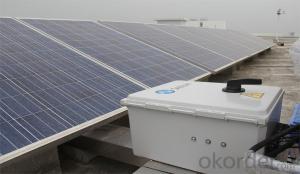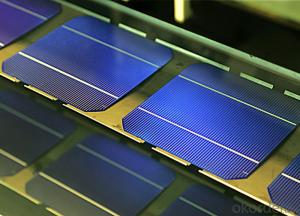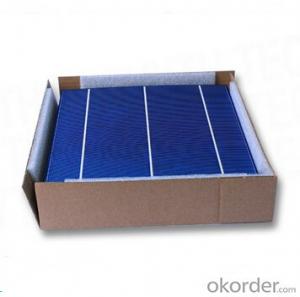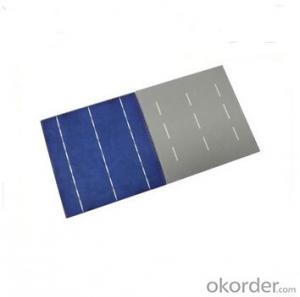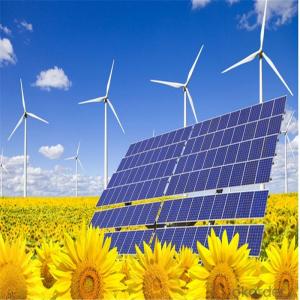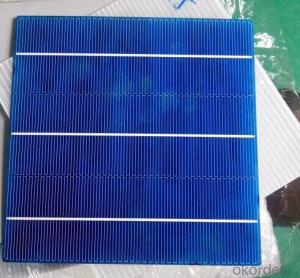Creating Solar Cells
Creating Solar Cells Related Searches
Except For Solar Cells Weegy Problems With Solar Cells High Power Solar Cells Light Trapping In Solar Cells High Performance Solar Cells High Output Solar Cells High Wattage Solar Cells Energy Transfer In Solar Cells High Efficiency Hvac Systems Recombination In Solar CellsHot Searches
Cheap Solar Cells For Sale Flexible Solar Cells For Sale Q Cells Solar Panels For Sale Printed Solar Cells For Sale Bulk Solar Cells For Sale 6x6 Solar Cells For Sale Broken Solar Cells For Sale Cpv Solar Cells For Sale Photoelectric Cells For Sale Price Of Silicon Solar Cells Price Of Solar Cells Over Time Buy Solar Cells From China Cheap Solar Cells China Best Type Of Solar Cells Flexible Solar Cells Price Q Cells Solar Panels Price 3 Types Of Solar Cells Production Of Solar Cells Common Types Of Solar Cells Q Cells Solar Panel PricesCreating Solar Cells Supplier & Manufacturer from China
Okorder.com is a professional Creating Solar Cells supplier & manufacturer, offers integrated one-stop services including real-time quoting and online cargo tracking. We are funded by CNBM Group, a Fortune 500 enterprise and the largest Creating Solar Cells firm in China.Hot Products
FAQ
- The lifespan of a solar cell battery can vary depending on various factors such as usage, quality, and maintenance. On average, a well-maintained solar cell battery can last anywhere from 5 to 25 years. However, advancements in technology and improvements in battery design are continually increasing the lifespan of solar cell batteries.
- Solar cells generally perform less efficiently in extreme temperatures. High temperatures can cause solar cells to heat up, leading to a decrease in their electrical output. Similarly, extremely cold temperatures can also impact the performance of solar cells, reducing their efficiency. However, modern solar cell technologies are designed to minimize the effects of temperature on their performance, and many solar panels are equipped with built-in temperature management systems to maintain optimal operation.
- Yes, solar cells can be used to power irrigation systems. Solar panels can convert sunlight into electricity, which can then be used to power pumps, motors, and other components of an irrigation system. This renewable energy source can provide a sustainable and cost-effective solution for powering irrigation systems, especially in remote or off-grid locations.
- Yes, solar cells can be used for powering oil rigs. They can provide a renewable and sustainable source of energy to run various equipment and systems on the rig. Solar panels can be installed on the rig's surface or nearby structures to capture sunlight and convert it into electricity, reducing the reliance on traditional fossil fuel-based power sources.
- Yes, solar cells can be combined with energy storage systems. This integration allows for the excess energy generated by solar cells to be stored for later use, such as during periods of low sunlight or at night. Energy storage systems, such as batteries, enable a more reliable and efficient utilization of solar energy, making it a feasible and sustainable solution for meeting energy demands.
- Yes, solar cells can be used in electric fences. Solar cells can convert sunlight into electricity, which can power the electric fence energizer. This eliminates the need for a constant power supply or batteries, making it a sustainable and cost-effective option for powering electric fences.
- The weight of a solar cell typically varies depending on its size and type, but on average, a standard solar cell weighs around 3 to 4 pounds (1.4 to 1.8 kilograms).
- Solar cells have several advantages over other renewable energy sources. They are highly versatile and can be installed in various locations, from rooftops to large-scale solar farms. Solar energy is abundant and accessible in most parts of the world, making it a reliable and widely available source of power. Additionally, solar cells have a low environmental impact, as they produce electricity without emitting greenhouse gases or other pollutants. Finally, solar energy is becoming increasingly cost-effective, with declining prices for solar panels and improved efficiency. However, solar cells do have limitations, such as dependence on sunlight availability and the need for large areas of land for large-scale installations. Nonetheless, their numerous advantages make solar cells a valuable and promising renewable energy option.
















